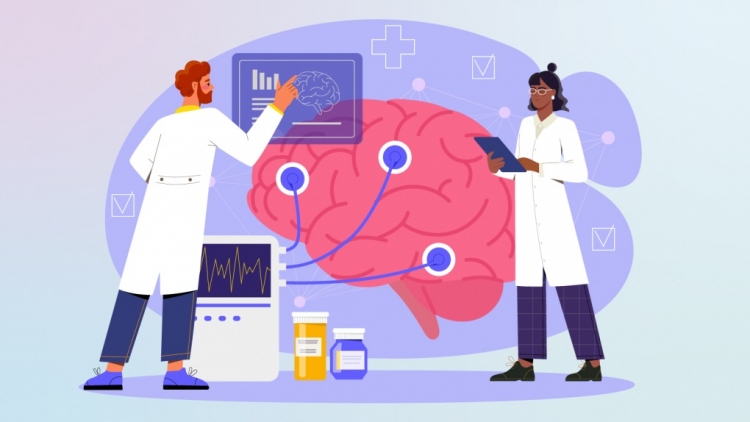About migraine headaches and medications
U.S. Food and Drug Administration (FDA)
Thought there was no hope for treating your migraine headaches? Don’t give up.
Migraines are headaches with intense pulsing or throbbing pain in one area of the head, along with nausea or vomiting and sensitivity to light and sound. A migraine can last between 4 to 72 hours when untreated. According to the National Institutes of Health, 12% of Americans (about 37 million people) have migraines. These debilitating headaches affect children and adults, and women are 3 times more likely to have migraines than men (about 18% of women have migraines).
About one-third of people with migraines experience an aura – visual disturbances such as dots, flashing lights or a blind spot – that signals the beginning of the headache.
Migraine Medicines
There are many medicines approved by the U.S. Food and Drug Administration to reduce migraine pain and symptoms. FDA-approved migraine medicines can prevent or treat migraines. They can be taken orally (by mouth), intranasally (inhaled through the nose), or injected by a health care professional.
Often migraines are not diagnosed at all, or migraine patients are prescribed a treatment that doesn’t work for them. If you have headaches, you should tell your doctor about them. Ask for a referral to a migraine specialist if the treatment is not working for you.
Since 2018, the FDA has approved several new prescription migraine medicines. Some of the newer FDA-approved migraine medicines are safe for people with certain heart conditions, unlike some previously approved treatments. Some newer medicines also are less likely to slow your heart rate (such as propranolol) or thinking (such as topiramate). If your current migraine medicine is not working well for you, talk to your health care professional about new treatment options that may be available.
These medicines, when taken regularly, may help to reduce the number of migraine headaches but rarely eliminate them completely.
Migraines and Medication Overuse Headaches (MOH)
Migraine sufferers are at risk of developing a condition called medication overuse headache (MOH). This is a migraine-like daily headache, or marked increase in frequency of migraine attacks, caused by the overuse of certain medications.
Studies have shown that using certain pain medications for 10 or more days a month may cause MOH. These include:
• Aspirin
• Acetaminophen
• Non-steroidal anti-inflammatory drugs (NSAIDs)
• Combination pain relievers
• Opioids
• Triptans
• Ergotamines
That’s why the FDA has worked with companies to add a description of MOH to labels of nonprescription (over-the-counter, or OTC) oral pain medications used to treat migraines. Prescription migraine medication labels also have a similar warning.
Headaches caused by medication overuse usually stop when people stop taking the pain medication. Talk with your health care professional if you believe you have MOH. They can determine what is causing your headaches and can tell you the best way to cut back on headache medicine.
Some headache medicines can be stopped quickly, but some must be tapered down slowly. Some people may need additional treatment for withdrawal symptoms.
